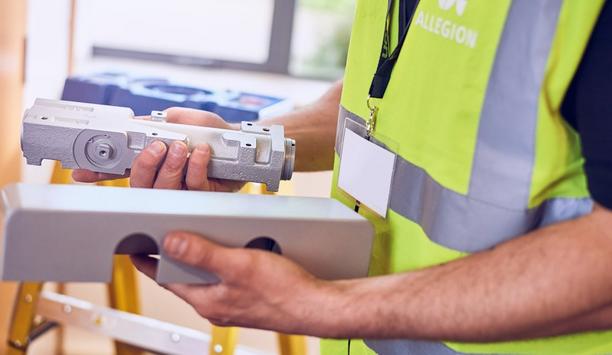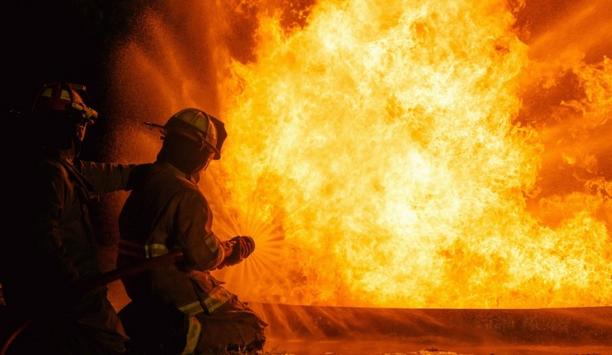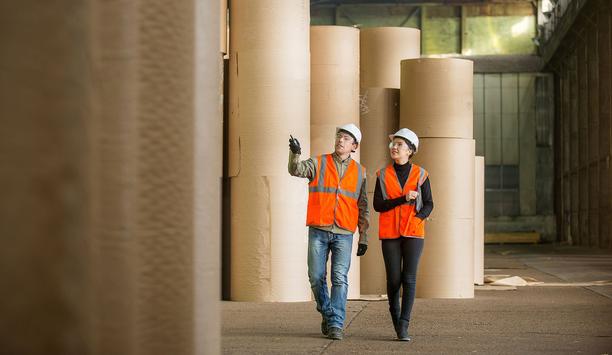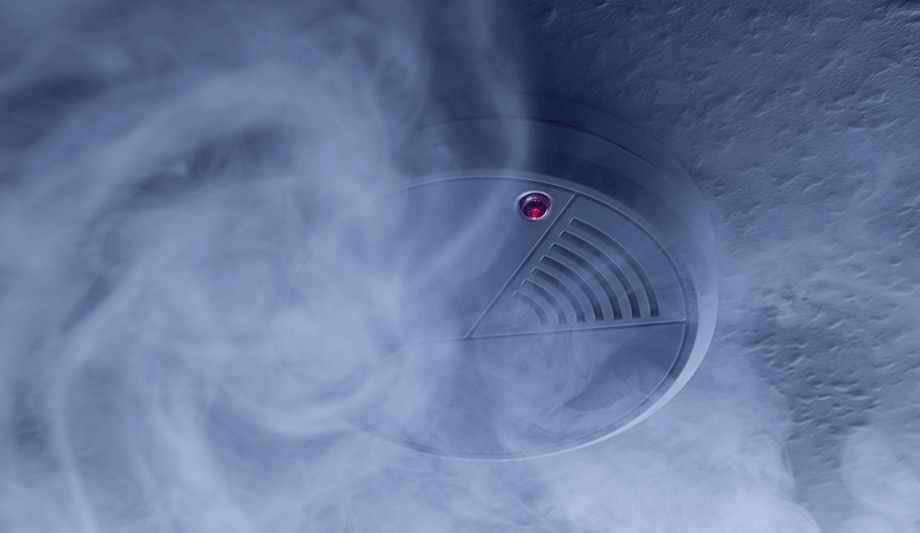The Association for Specialist Fire Protection (ASFP) has updated its generic Online Introduction to Passive Fire Protection, which provides a basic overview of passive fire protection (PFP) and its role in the overall fire strategy of a building.
In addition, a new version of the course, Online Introduction to Passive Fire Protection (Installation) has been developed with new content specifically designed to cover the particular needs of passive fire installers.
Passive fire protection
Delivered in eight learning modules, the new improved Online Introduction course covers key elements of design, installation and inspection. It is intended to provide a first step for those considering a career in the passive fire protection industry.
The learning modules covered are:
- Putting passive fire protection in context
- The basics of structural fire protection
- Introduction to fire resisting walls and floors
- Introduction to cavity barriers
- Introduction to fire resisting doors and glazing
- Introduction to fire resisting ductwork and dampers
- Introduction to firestopping
- Introduction to fire testing and certification
Generic introduction course
The Online Introduction to PFP (Installation) has taken the content from the general introduction course and has been specifically tailored for those who undertake installation activities. It contextualizes the information in the generic introduction course and provides instruction on particular features and concerns to consider during the installation of passive fire protection systems.
The Online Introduction to PFP (Installation) has taken the content from the general introduction course
Both courses use images, animations, audio, and video to enhance the learning experience and introduce the key features of each type of passive fire protection system. Each version of the course takes around three hours to complete but can be undertaken at a time to suit, stopping and starting as necessary.
Good fire protection
Successful completion will provide learners with a sense of what good fire protection in buildings looks like. This will allow them to better understand the role of the various fire safety measures in the built environment, and in particular passive fire protection.
ASFP Training Manager Chris Sharman states: “ASFP is pleased to offer this new and improved Introduction course, which has been developed in partnership with Milford and Marah, an experienced training consultancy. This partnership has enabled us to create a new industry-leading course which offers an enhanced learning experience, delivering expert knowledge in a clear, concise and engaging format. The improved modular format will also enable us to tailor the course to particular industry sectors, as exemplified by our new version targeted directly at installers.”
















